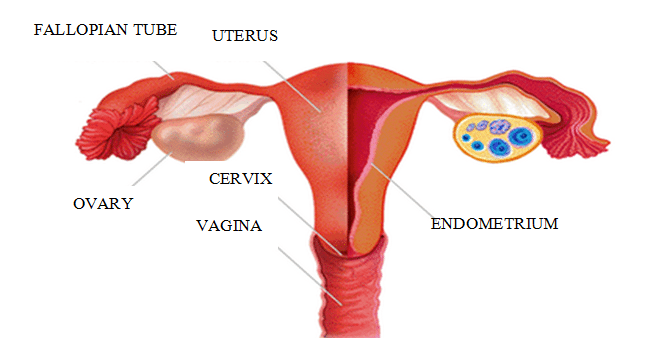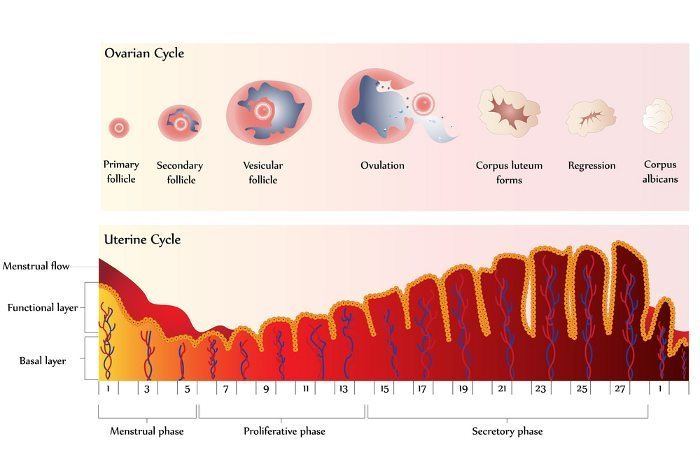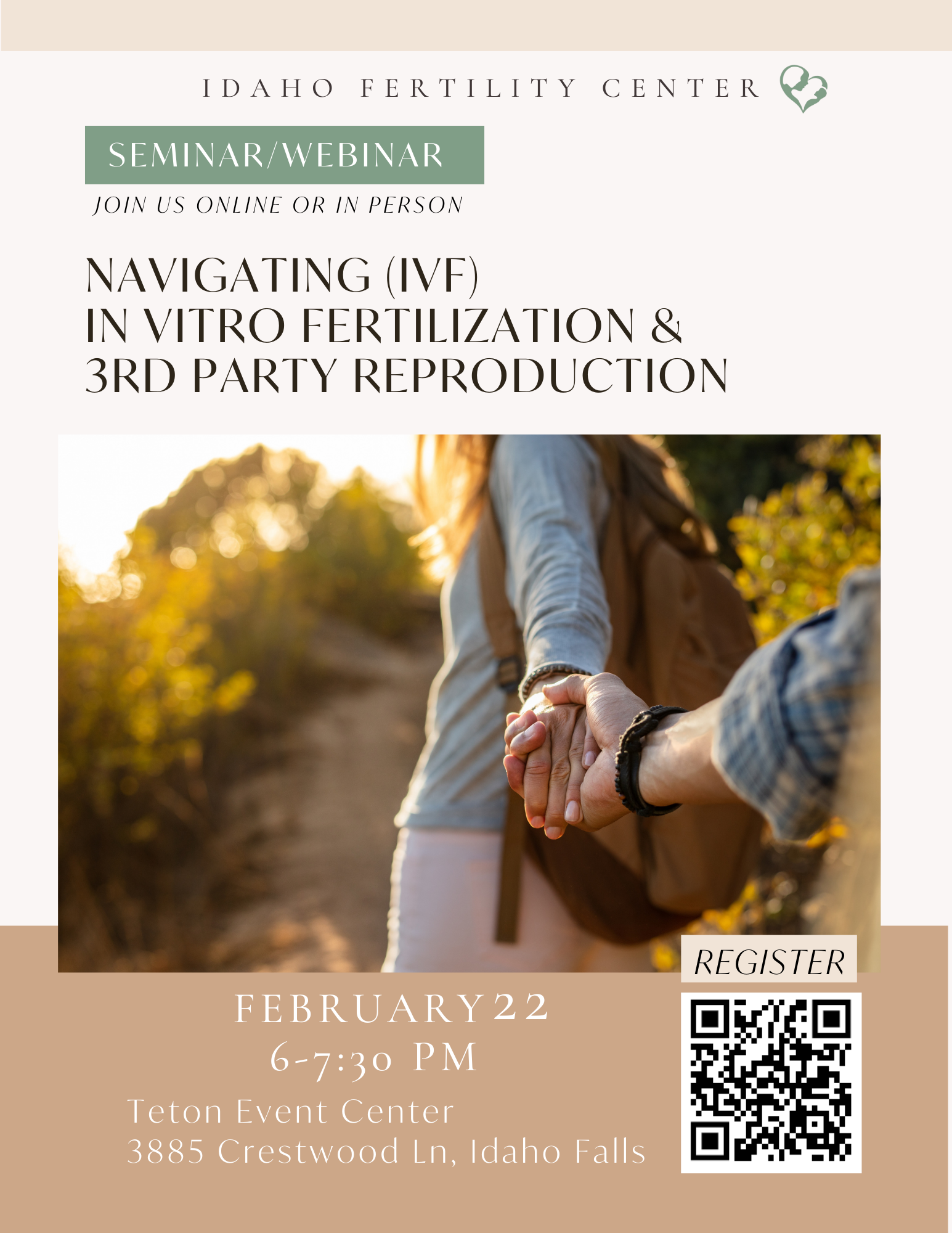 The primary female reproductive organs are the uterus, ovaries, fallopian tubes, and vagina. The uterus, consisting of a hollow muscular organ approximately 3 inches long located deep inside the pelvic cavity, contains the developing fetus. The neck of the uterus (cervix) projects into the vagina, a muscular tube about 4 inches long that serves as the birth canal.
The primary female reproductive organs are the uterus, ovaries, fallopian tubes, and vagina. The uterus, consisting of a hollow muscular organ approximately 3 inches long located deep inside the pelvic cavity, contains the developing fetus. The neck of the uterus (cervix) projects into the vagina, a muscular tube about 4 inches long that serves as the birth canal.
Joining the uterus near the top are the fallopian tubes – a pair of structures each about 4 inches long. Their flared ends are situated near the ovaries, which are paired almond-shaped glands that produce ova (eggs) and female hormones. After an ovum is expelled into the pelvic cavity, it goes through a fallopian tube into the uterus. If the egg has been fertilized by a sperm, it implants in the uterus, beginning gestation.

Follicular Development
About every 28 days, new follicles (clusters of cells that each enclose a developing egg) start to grow inside the ovaries. Typically, just one follicle fully matures and ovulates. The empty follicle becomes the corpus luteum, which emits large amounts of progesterone and estrogen. It soon degenerates, hormonal secretion sharply declines, and menstruation starts.
Endometrial Development
These are the phases and the functions during endometrial development:
- Menstruation – The outer layers of the endometrium slough off.
- Postmenstrual phase – Endometrial cells proliferate and the lining thickens.
- Midcycle – An egg is expelled from the ovary (ovulation) into the pelvic cavity.
- Premenstrual phase – The endometrium continues to mature until there is a sudden drop in hormone levels, triggering menstruation.
Idaho Fertility Center strives to keep our patients well-informed. If you have any questions on the female reproductive system or would like to set-up an appointment with one of our board-certified Reproductive Endocrinologists, please call our fertility center in Idaho Falls, Idaho, at 208-529-2019. We look forward to your call!




